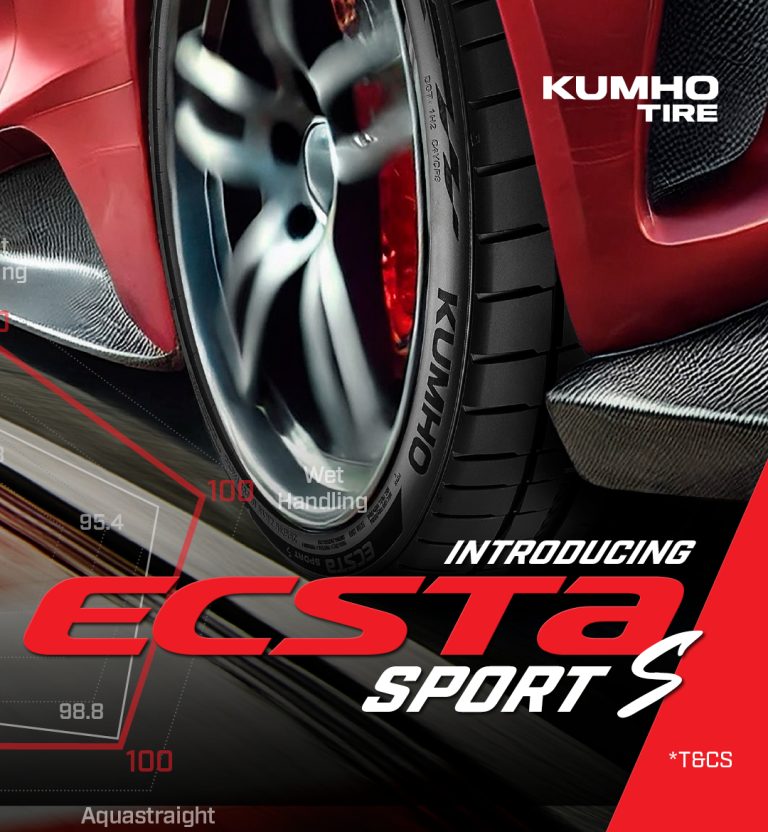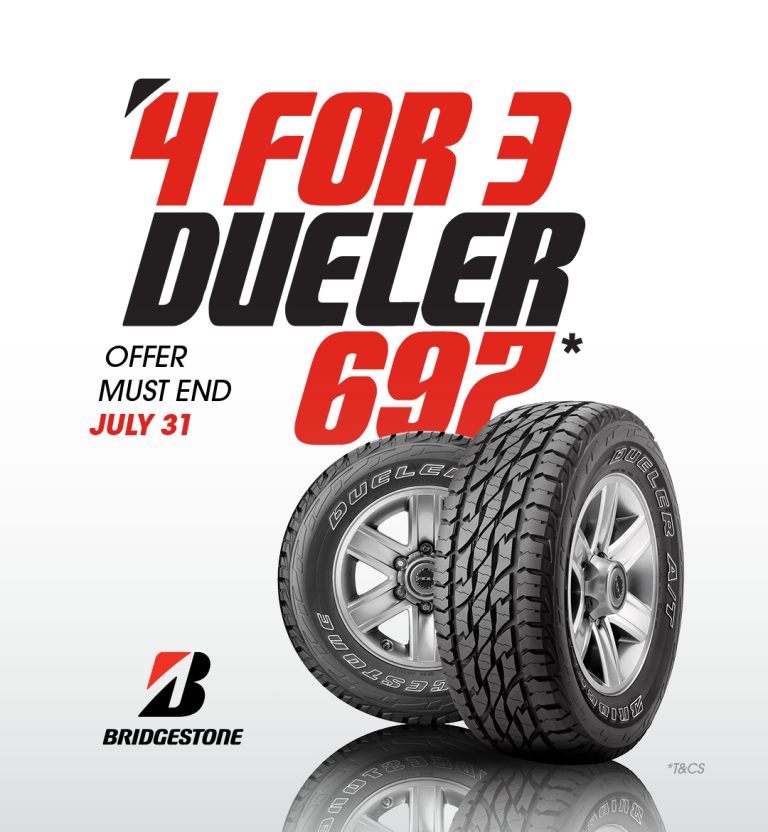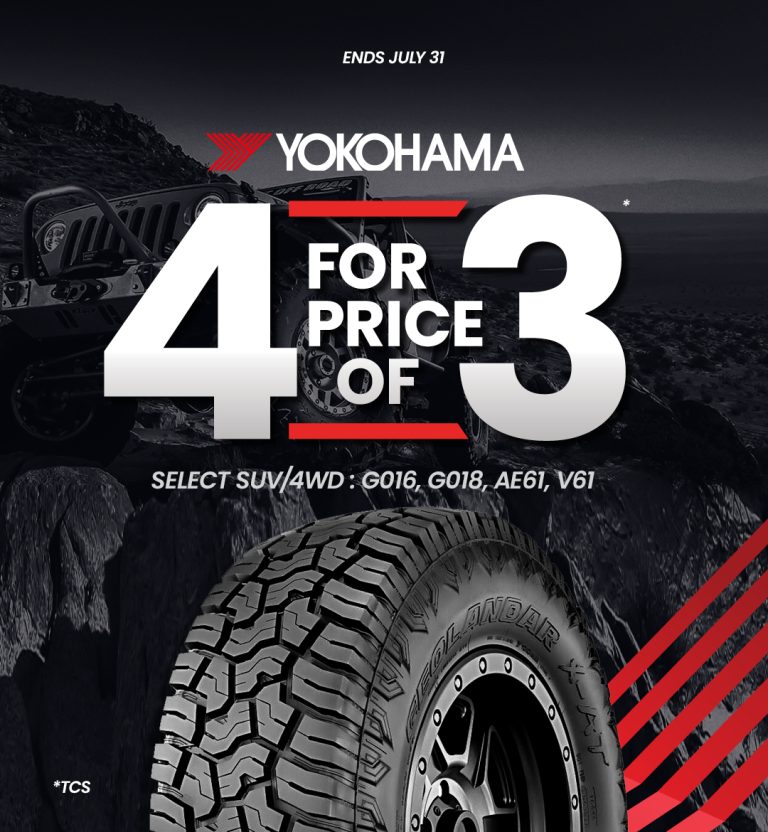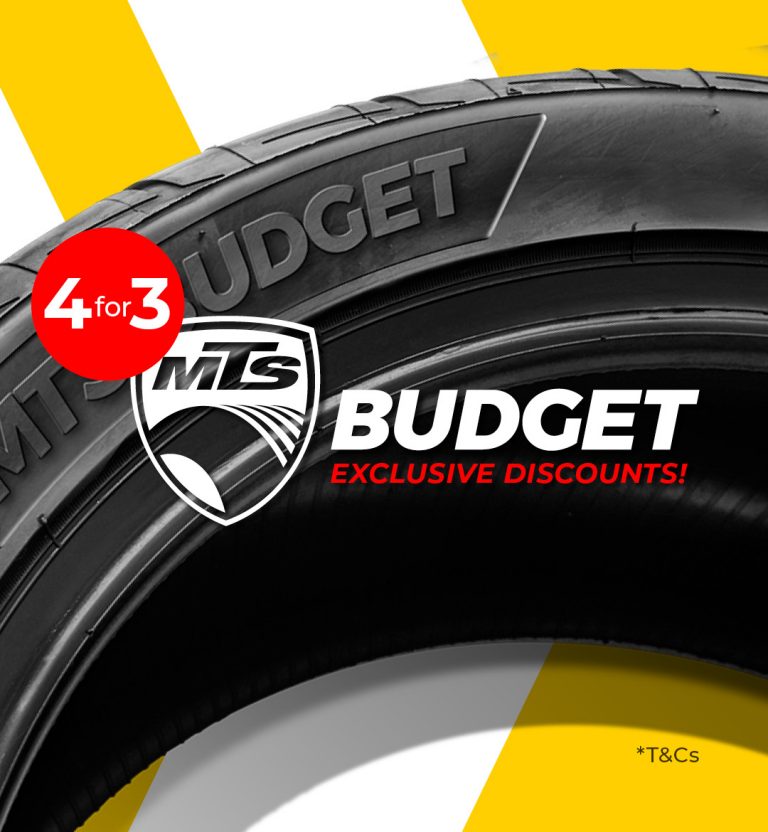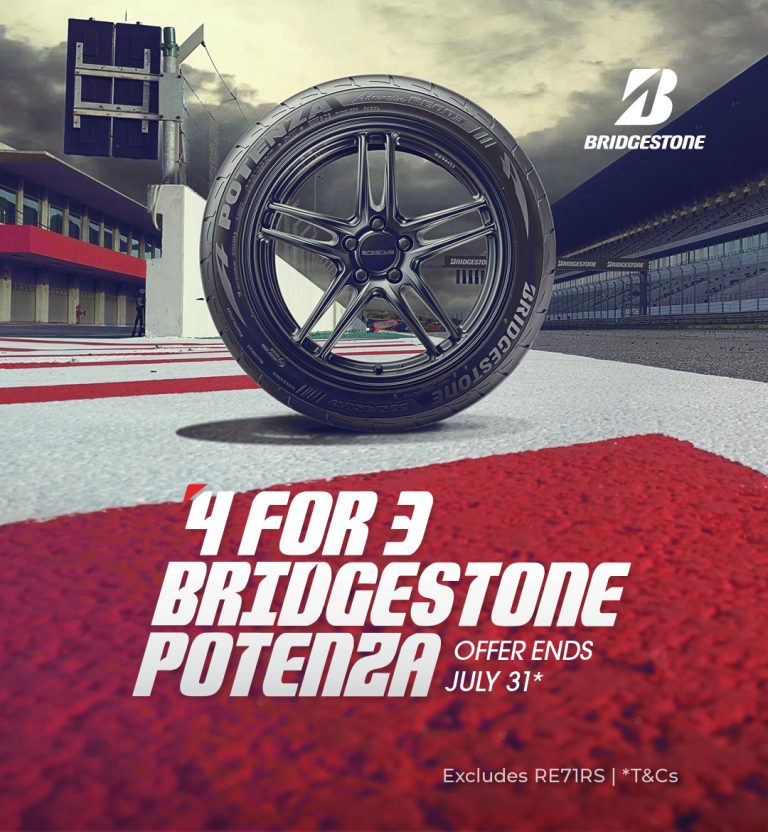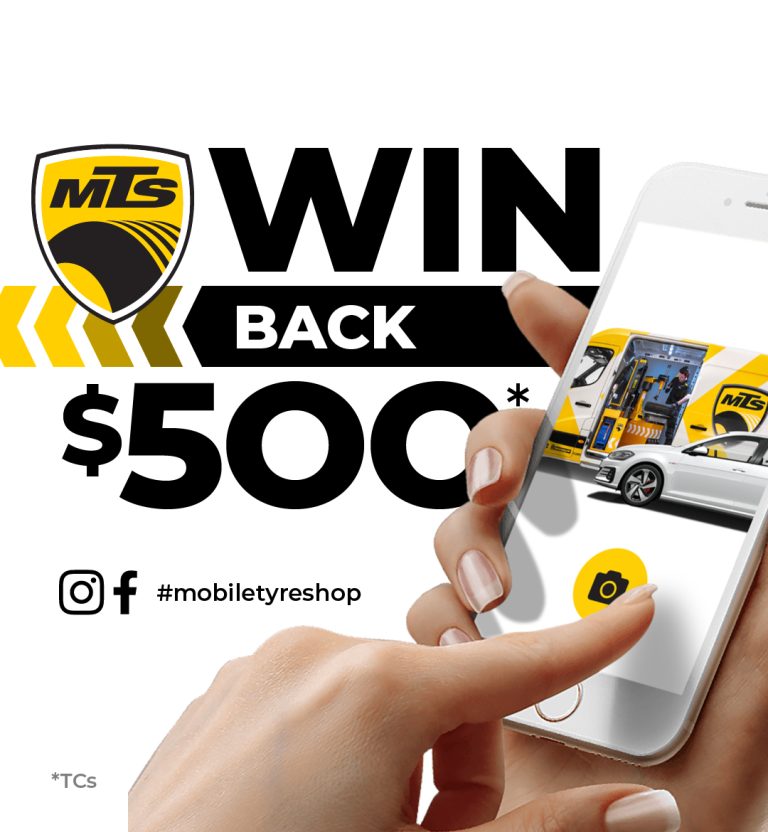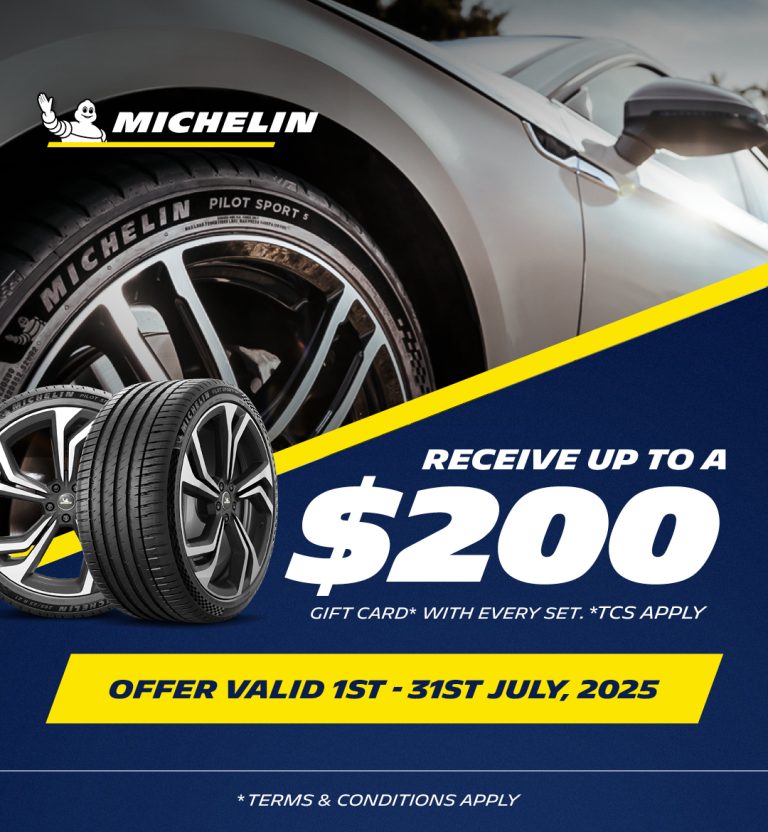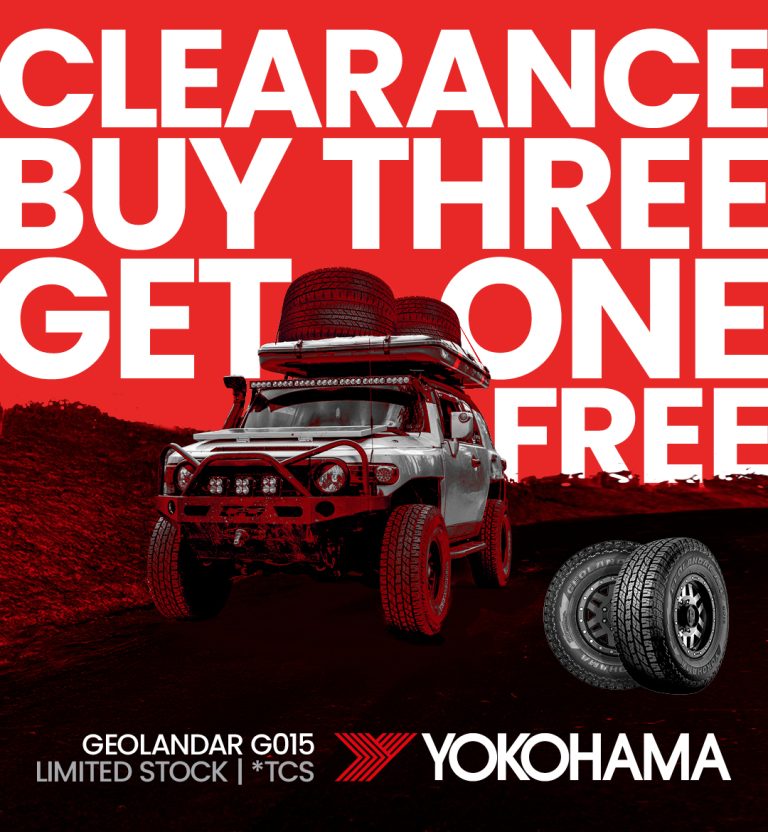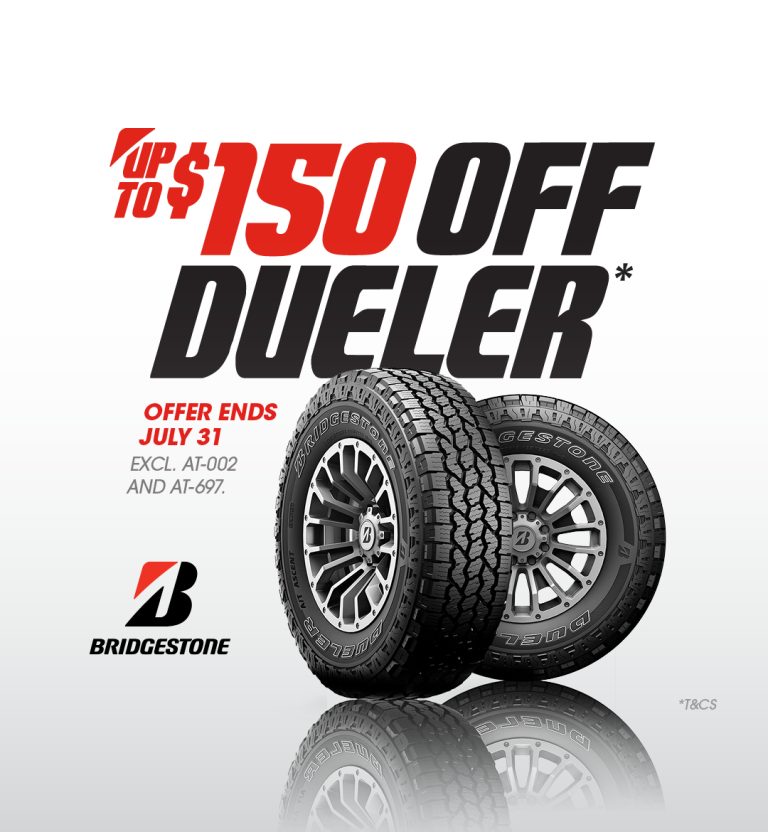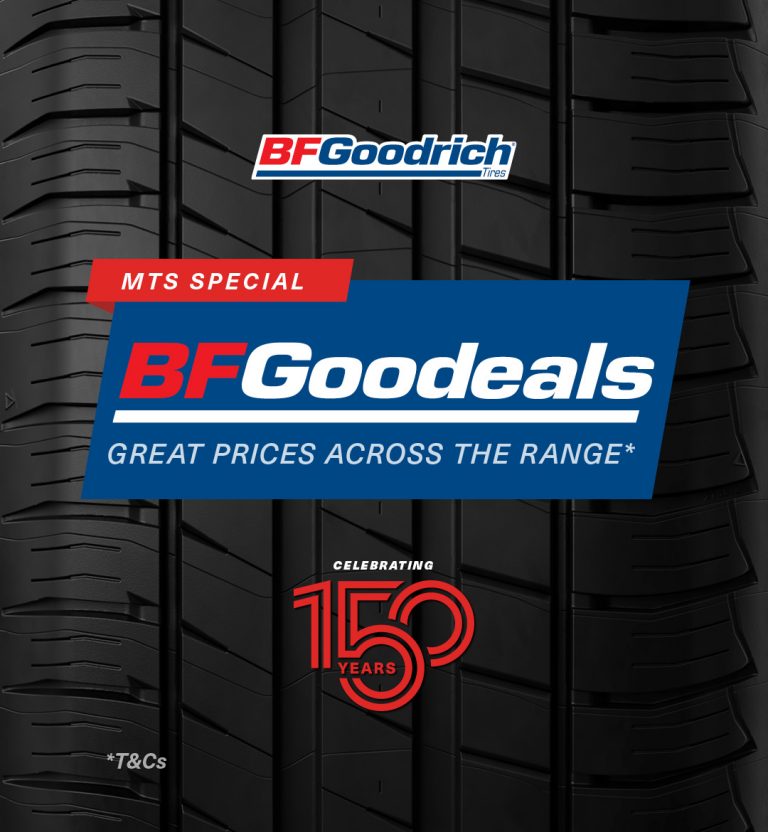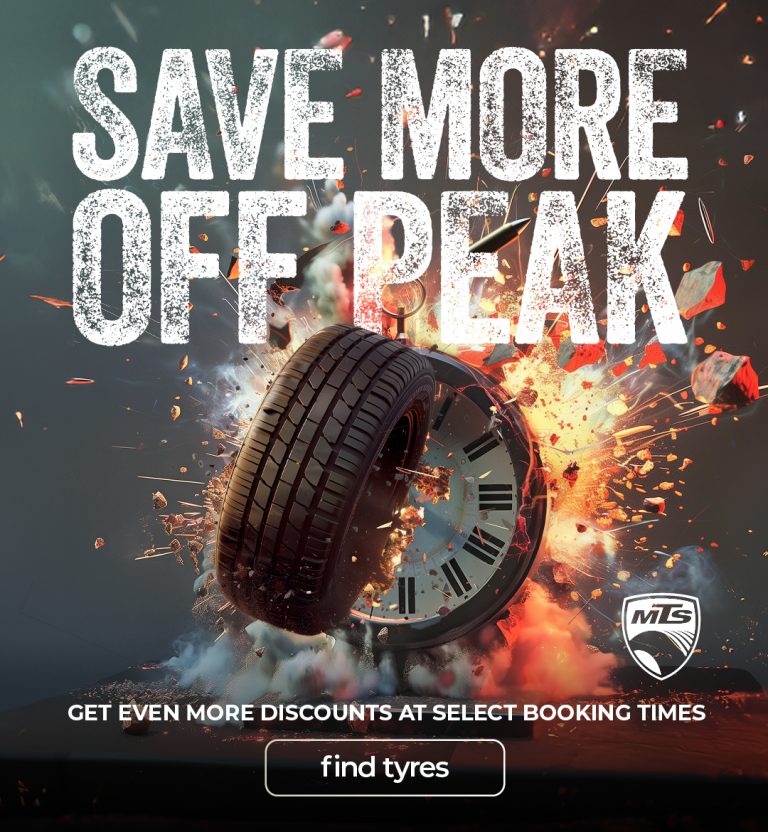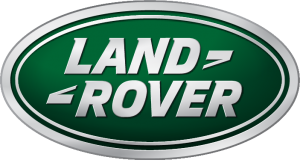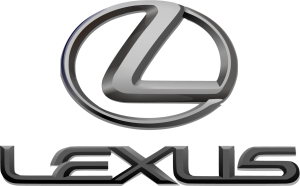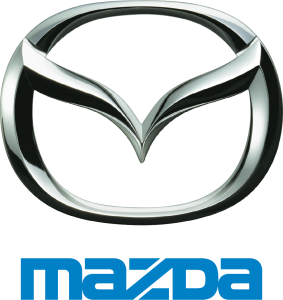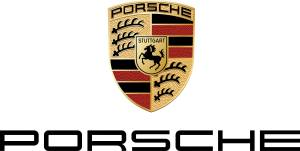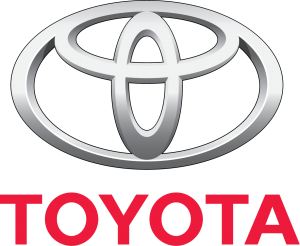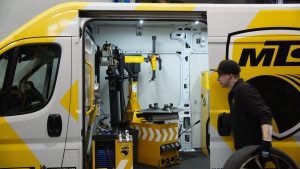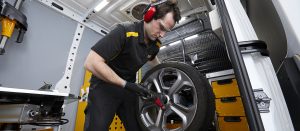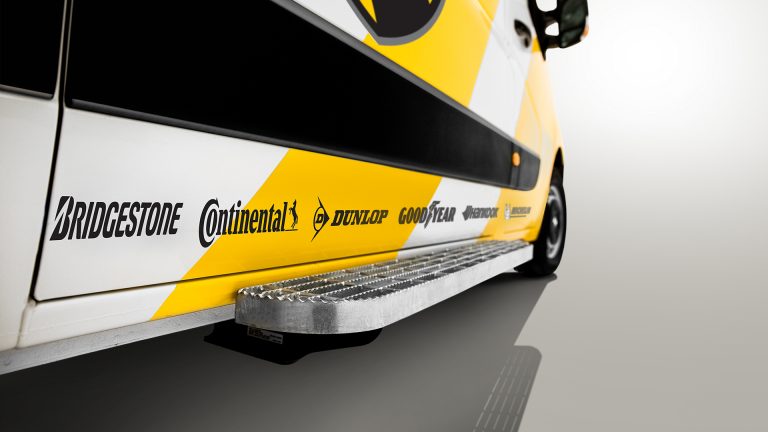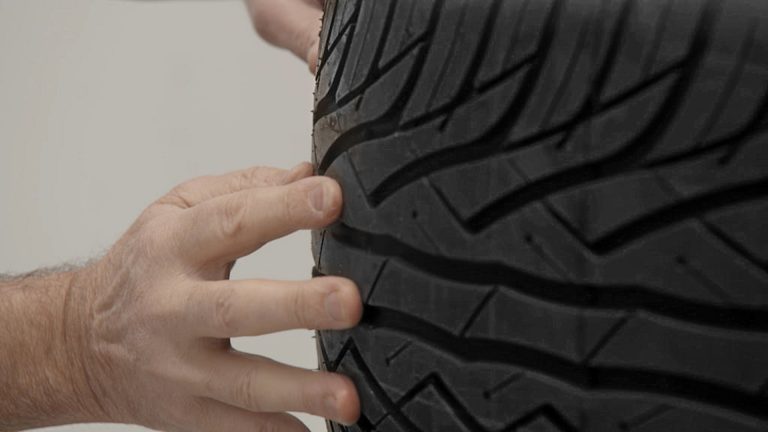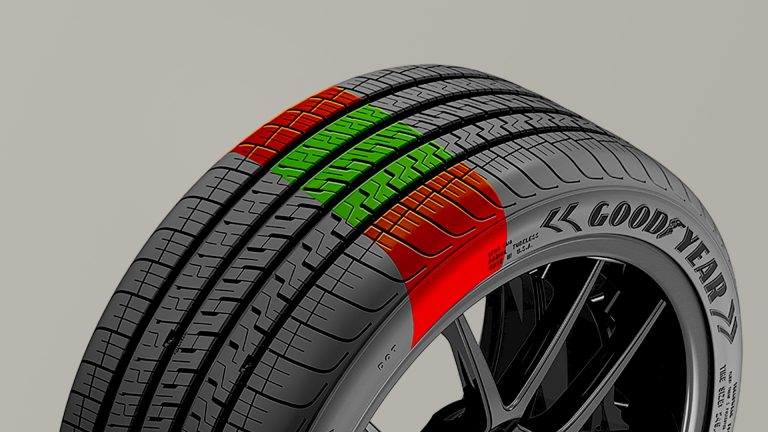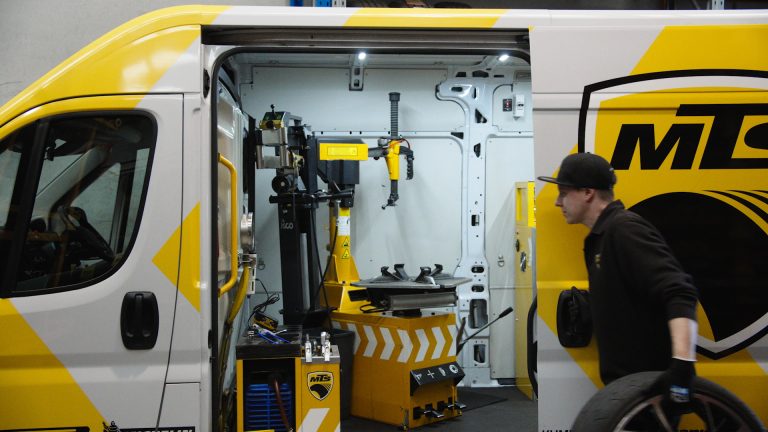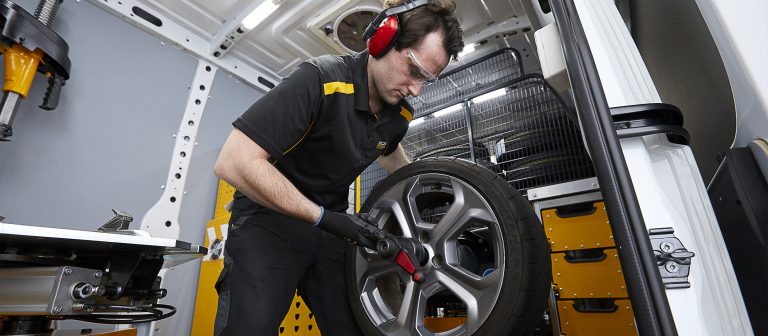31 Jul 2023
Tyre stores shouldn’t do wheel alignment. Here’s why.

At Mobile tyre shop we bring the tyre store to you.
Want to shop the best brands at the best prices? If you’ve got a mobile, we put it in your hand. Want the latest tyre fitting technology at your home or work? Book a fitting, we bring it in a van!
Mobile Tyre Shop really does deliver the cleanest, most professional tyre service without the wait or the hassle of having to go to a traditional store. In fact, we do everything the leading tyres shops do better, with one exception: wheel alignment.
Here’s why.
Why MTS don’t do wheel alignment
The process takes into account the complex relationship between suspension arms, vehicle height and steering angle (your suspension geometry) to ensure that every one of your wheels precisely aligned – perpendicular to the ground and parallel to each other.
Camber, castor and toe can all be adjusted during a wheel alignment, and it can markedly improve your car’s handling. However, it can also dramatically impair your car’s handling if it’s done incorrectly.
That’s why in many Australian states, you need training and a special certification to do a wheel alignment.
Trained mechanics, with the latest wheel aligning technology onsite, really are the best people to trust for this job given the effect it can have on your vehicle’s handling characteristics, performance and safety.
It’s a big reason why we don’t do wheel alignments at Mobile Tyre Shop, but it’s not the only one.
Getting the facts straight about wheel alignment
For years, traditional tyre stores have propagated the belief that you need to get your wheels aligned every time you buy new tyres.
It’s a case of, ‘Do you want fries with that?’
Many tyre centres have mechanical divisions or rudimentary alignment tools , and so an alignment is a convenient ‘upsell’, capitalising on the fact that customers have had to make a special trip to the store already and the last thing they will want to do is have to do it all over again for a seemingly related matter.
The quality of their wheel alignment service has always been hit and miss, to be honest.
But what is more concerning is that fact that by popularising the idea that a wheel alignment is only required when you get new tyres, traditional tyre stores are also potentially putting the safety and lives of Australian drivers in danger.
It is important you have your wheels aligned the moment your car needs it. Not when you get new tyres.
Your wheel alignment can be ‘put out of whack’ at any time – often by something as simple as hitting a pothole at speed, or by driving over a gutter while parking. The moment your suspension components are knocked or damaged, your wheel alignment can be heavily affected.
In bad weather, at speed, or on poor surfaces, misaligned wheels can manifest in some pretty hairy situations.
If your tyres are good but you feel your vehicle has started pulling to one side of the road as you drive, we recommend talking to a qualified and certified wheel alignment professional.
Can’t tell? Most car and tyres makers recommend you have your wheels aligned every 10,000 – 15,000 kms at the very least.
An alignment will ensure your car handles the way the manufacturer designed it to, and also save you money in the long run by ensuring maximum tyre longevity.
So MTS definitely don’t do wheel alignments?
As noted earlier, wheel alignment is a process that involves an understanding of your car’s suspension componentry and steering geometry, and we believe this is a job best suited to a reputable and qualified mechanic.
What about wheel balancing?
It’s probably a good time to mention that wheel alignment often gets confused with wheel balancing.
Wheel balancing is the act of putting counterweights on a rim to perfectly balance the spinning mass and avoid vibrations that can produce premature wear in your tyres, suspension and steering.
Typically detectable as vibrations over 80kmh, and can cause premature and uneven wear
It involves assessing of the characteristics of each tyre/rim combination, and then calculating the exact weight and location of counterweights to be placed onto the wheel, and requires finely calibrated computer equipment, used by a tyre fitting expert to be done properly.
Expert wheel balancing is essential in the tyre fitting process and unlike wheel alignment, cannot be done by your mechanic during a regular service.
That’s why every Mobile Tyres Shop van is equipped with latest (and lightest) wheel balancing unit. It’s made by the world’s premiere tyre changing machinery manufacturer, Corghi, OEM partner to premium automotive brands such as Audi, Bentley, Rolls Royce and Porsche. When it comes to wheel balancing, there’s no one better.
Mobile Tyre Shop we’re here to help you for the long run and balance every tyre we fit. To read more about our comprehensive mobile fitting services, click here.
For tyre sales, a wheel safety inspection, or if you just want some friendly advice, you can also click here to contact one of our tyre specialists online or over the phone.
The facts about wheel alignment.
When should I be thinking about wheel alignment?
Most automotive professionals recommend checking wheel alignment every 10,000 – 15,000km. However, it may be required sooner if your car is starting to pull to either side of the road while driving.
Wheel alignment usually gets out of whack as your vehicle’s steering and suspension components wear out over time. But it can also be put out in moments. A small impact like hitting a gutter while parking can dramatically affect your steering geometry and damage your suspension components -which in turn can heavily affect the safety of your car and the life of your tyres.
If you’re ever in doubt about the way your car is steering or handling, have your wheel alignment checked.
- Damage. Hitting a pothole, curb or other vehicle in an accident can bend or damage suspension components and place a wheel slightly out of line with where it ought to be.
- Wear and tear. Every suspension arm and moving part under your vehicle has a bushing or washer that allow the component to move freely in certain directions and restricts movement in others. As vehicles age and travel more and more kms, these bushings can slowly compress, soften and eventually deteriorate, leading to the suspension becoming ‘sloppy’ and the wheels becoming misaligned. If you are hearing audible clunks in your steering or can feel poor handling, this is an indication the suspension bushings are wearing out.
- Too much payload. If you regularly transport heavy loads in your vehicle, you may want to consider getting your wheels aligned to compensate for this. You should always have your wheels aligned with the vehicle at the weight you typically drive at, and the wheels in the position they will be spending the most time in. Carrying excessively heavy loads can cause suspension, frame or axle damage, possibly requiring extensive repairs to get the vehicle to run true again.
- Modified suspension height. Often if you’ve raised or lowered your vehicle, the ideal suspension geometry has been tweaked and will need to be taken to a shop to attempt to bring the vehicle back into alignment.
There are five factors involved in determining the correct alignment of your vehicle: camber, caster, toe, thrust and ride height.
Most vehicles from the factory have ever so slight amount of negative camber (less than 1.5 degrees) so that, as a vehicle ‘leans’ into a corner the outside wheel will be perpendicular to the ground, providing maximum grip and safety.
Australian roads are rarely flat, with most roads having a natural camber, so negative camber is usually best to help the tyre grip more efficiently in real-world situations.
In modern vehicles with independent suspension, the camber of each wheel can change significantly with ride height and must be considered.

CASTER
If the steering angle leans towards the front of the vehicle, caster is described as negative, and if the angle leans towards the rear of the vehicle, caster is described as positive.
When your vehicle’s caster is beyond what is specified by the manufacturer, the effects on its handling can be dramatic. When the caster is set too far negative, the steering will be very light and the vehicle will ‘wander’ and need constant adjustment to keep the vehicle in a straight line. Caster that is too far positive will result in heavy steering and your steering wheel jerking every time the vehicle goes over a bump.
The caster is not adjustable on most passenger vehicles; however it should always be checked during a wheel alignment. If the caster is not within specifications, or varies side to side, there is a good chance the vehicle has suffered damage or has worn out suspension components.

Toe is one of, if not the, most important measurement when it comes to vehicle handling and tyre lifespan. Ideally, for maximum tyre lifespan, the toe should be set at, or close to, zero degrees. Excess toe in either direction will result in extremely rapid tyre wear focused on the inner or outer edge of the tread.
In performance-oriented applications, suspension tuning with toe settings is a great way to fine tune how the vehicle handles in corners.
Fine tuning the toe at either end of the vehicle can have slightly different handling characteristics. For example, toe out will increase the tendency of a vehicle to be ‘twitchy’ or want to aggressively turn into corners, promoting oversteer.
Toe-in can be added to a vehicle to improve the vehicle’s high-speed stability in straight lines, making the vehicle less likely to ‘tramline’ although making the steering feel dull.

THRUST
Thrust angle is closely related to toe. If you’ve driven behind a vehicle that doesn’t seem to have its chassis in line with the direction it is travelling and is ‘crabbing’ down the road, you’ll have seen the effect of incorrect thrust angle.
It occurs when one wheel has toe in while the opposite has toe out; most often on vehicles that have a solid axle (with suspension damage) that is no longer perfectly perpendicular to the vehicle’s centreline.
If your vehicle has a solid rear axle, your mechanic will use a thrust angle alignment to make sure all four of your wheels are square with each other.

RIDE HEIGHT
From the factory, all vehicles are designed to be within a certain range of this ride height during normal suspension travel.
If you raise or lower your vehicle’s chassis (by fitting aftermarket adjustable suspension, for instance) , your wheel alignment will be affected and it will need adjusting.
Raising or lowering a vehicle past factory spec can causes items like tie rods, which control your toe-in on your steered wheels, to lose their ability to maintain correct alignment as the suspension cycles up and down and leads to bump steer and other irregular steering behaviours.



